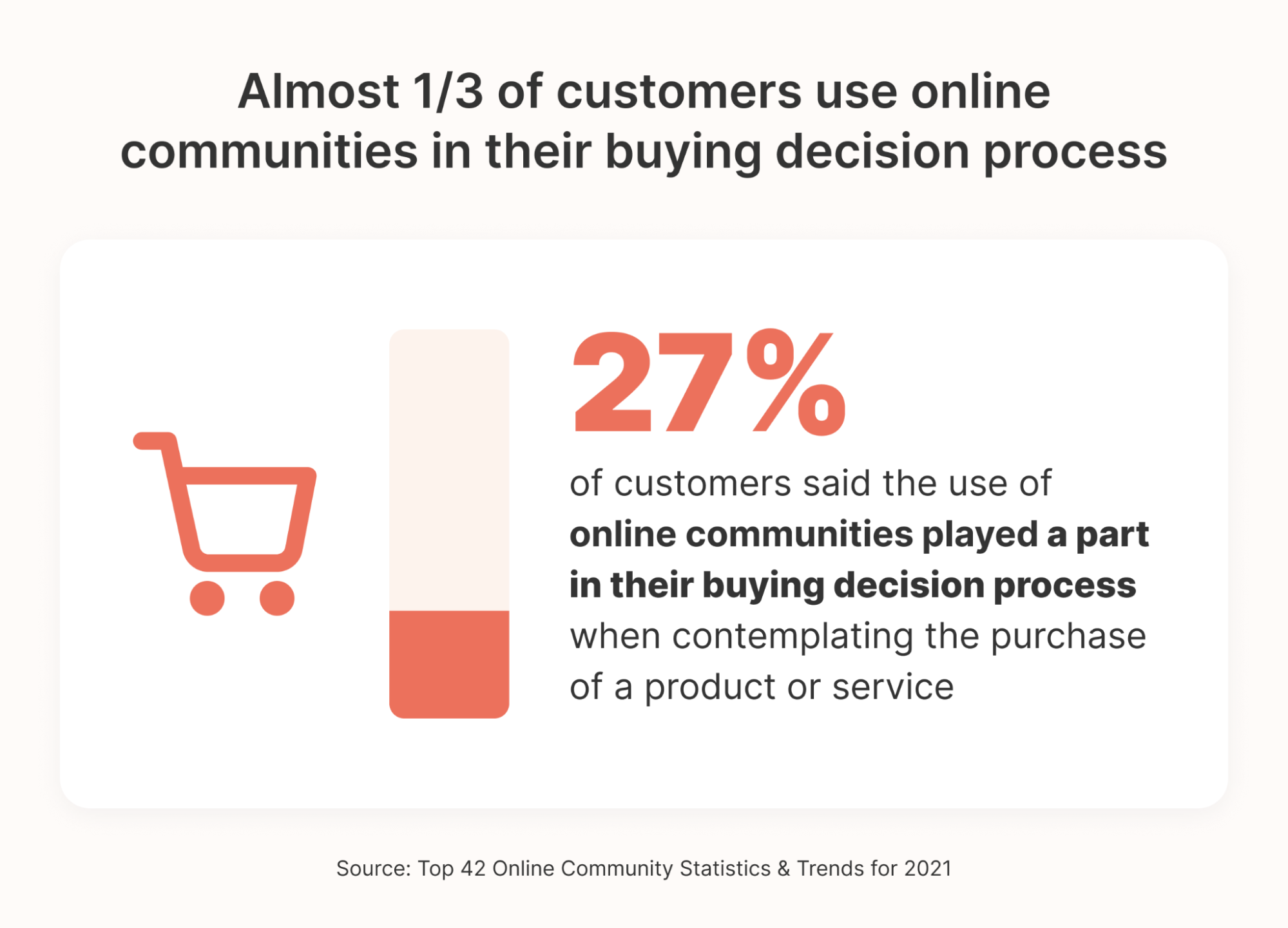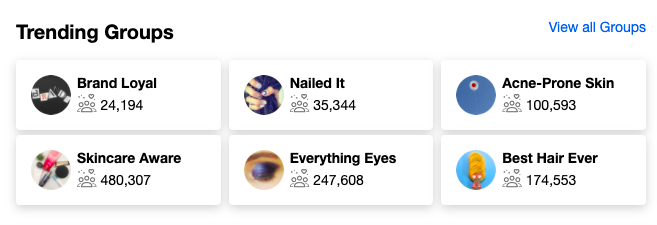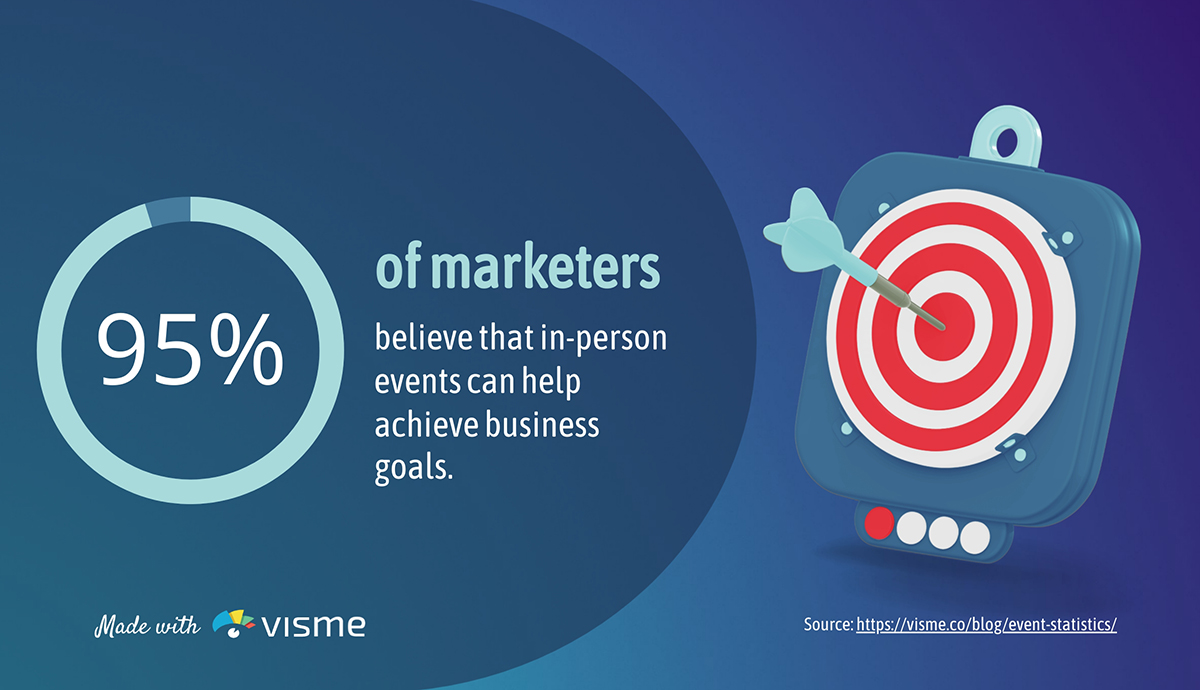
As our society becomes increasingly reliant on the web, brands have ample opportunities to interact with their audiences and forge enduring relationships.
Any group of individuals interacting via an online platform counts as an online community – this could be a small private group on Facebook or a larger community on Twitter.
For big brands and small, online communities are incredibly valuable. By building them, businesses can connect people who have common interests, values, and hobbies – and monetize membership to boost their profits.
The different types of online communities
Generally speaking, there are two types of online communities: branded and public social networks.
Branded communities
Branded communities usually have certain guidelines. These might be based on location, experiences, or common interests. They often involve paid subscriptions.
Public social networks
These include communities on TikTok, Facebook, Instagram, and other public social networks. To become part of these communities, you simply need to sign up for a free account.
The benefits of building an online community
1. Less spending on ads
Building an online community allows brands to spend less on advertising. The more your audience learns about you, the more likely they are to take a look at your products and services. Creating an online community is a great strategy to support your wider social media content marketing.

2. An emotional connection
Online communities help brands to build an emotional connection with their audience too. When people feel emotionally engaged, they’re more likely to stay loyal in the long term.
For instance, the Lego Ideas community invites members to put forward their own construction concepts. Community members can vote on their favorite Lego designs, and those that win are made into real products.

3. Gain a deeper understanding
When you create an online community, your brand can also gain a deeper understanding of your audience, helping you to improve the customer experience. Gathering data allows for improved personalization, and 90% of marketers agree personalization drives profitability.
4. Educate your audience
Online communities are a great place to offer educational content. Teaching your audience new things will help you become a thought leader and gain respect in your industry.
Start off by finding out what your community wants to learn. Perhaps your real estate group would like to discover how to host a virtual open house, or maybe your vegan community is looking for information on the best supplements. Once you know what your audience is interested in, you have the best chance of creating a thriving online group.
4. Opportunities to monetize
It takes time to develop an active online community, but once you achieve this, there are lots of options to turn it into something profitable. The challenge is to choose an appropriate monetization strategy.
How to build an online community
1 . Define your reasoning
Before you begin, ask yourself why you’re building this online community in the first place. There are plenty of good reasons for doing so, such as:
- Wanting to bring together people with the same skills and allow them the chance to learn from one another.
- Providing a group coaching opportunity.
- Wanting to develop a forum for sector-related topics.
2 . Define your perfect community member
If you want your community to be a success, you need to decide who your ideal members are. Start off by considering who you want in your online community. Set up interviews with these people and ask all the right questions. You might ask your community about their fears, motivations, and key goals, and what would interest them in signing up to a group like yours.
3. Choose a platform
Choosing a platform largely depends on whether you’re looking to create a small or large community. Some are tiny – for example, a 10-person Instagram DM chat thread – but others are huge, such as Facebook groups with 100,000+ people.
You’ll need to decide between free platforms like WhatsApp and Facebook or an owned platform accessed via your website. One example of a successful owned platform is Playstation Plus. Here, community members get access to exclusive discounts and community forums.

4. Establish community guidelines
Your community will need a set of rules and guidelines too. This is especially important for businesses because it will reflect on your wider brand. For instance, it should be stated that members cannot speak negatively to other members.
5. Create your community
Once you’ve established your purpose, platform, and guidelines, it’s time to create your community. If you have a larger community, you might design different categories within it.
For instance, beauty brand Sephora runs a community that allows members to share beauty advice and tips. They use sub-categories within the group so members can easily focus on their specific interests.

Strategies to monetize your online community
1. Membership fees
One of the easiest ways to monetize your online community is through membership fees. You can charge a yearly or monthly fee that allows members to access special content and features.
You’ll need to offer unique and exclusive content that doesn’t exist elsewhere. For example, you might grant your investment community access to a specially developed property valuation template. Equally, you could host expert webinars for your graphic design community.
Unless your content is top-notch, you’ll struggle to gain paying members.
2. Run events
Running events is another great way to monetize your community. You could host meet-ups, for example, allowing your members to get together in person.
Base your events on topics that are important to your community. These should provide an educational experience and the chance for valuable collaboration.

3. Use affiliate marketing
Brands often advertise their products within their communities, and you can also run affiliate marketing schemes. Focus on the data you have about your community and use this to choose third-party products your members will love.
4. Sell online courses
Many online communities are based on learning. Once you’ve got your audience hooked on your content, they’ll likely want to know more. Selling an online course is a fantastic way to make a profit. The online course market is huge and is predicted to reach $25.33 billion by 2025.
First, review your website analytics and learn which topics your customers read about the most. To make a successful online course, you’ll need a great idea and an understanding of video conferencing best practices as well.
The takeaway
Building your online community can take a little time. You’ll need to focus on your target audience research and figure out where you can offer extra value.
However, a thriving online community is incredibly useful and can be monetized in many different ways. From online courses to in-person events, your brand has the opportunity to bring people together and make a profit at the same time.
Keep up with the latest digital marketing techniques to boost your brand power even further.



